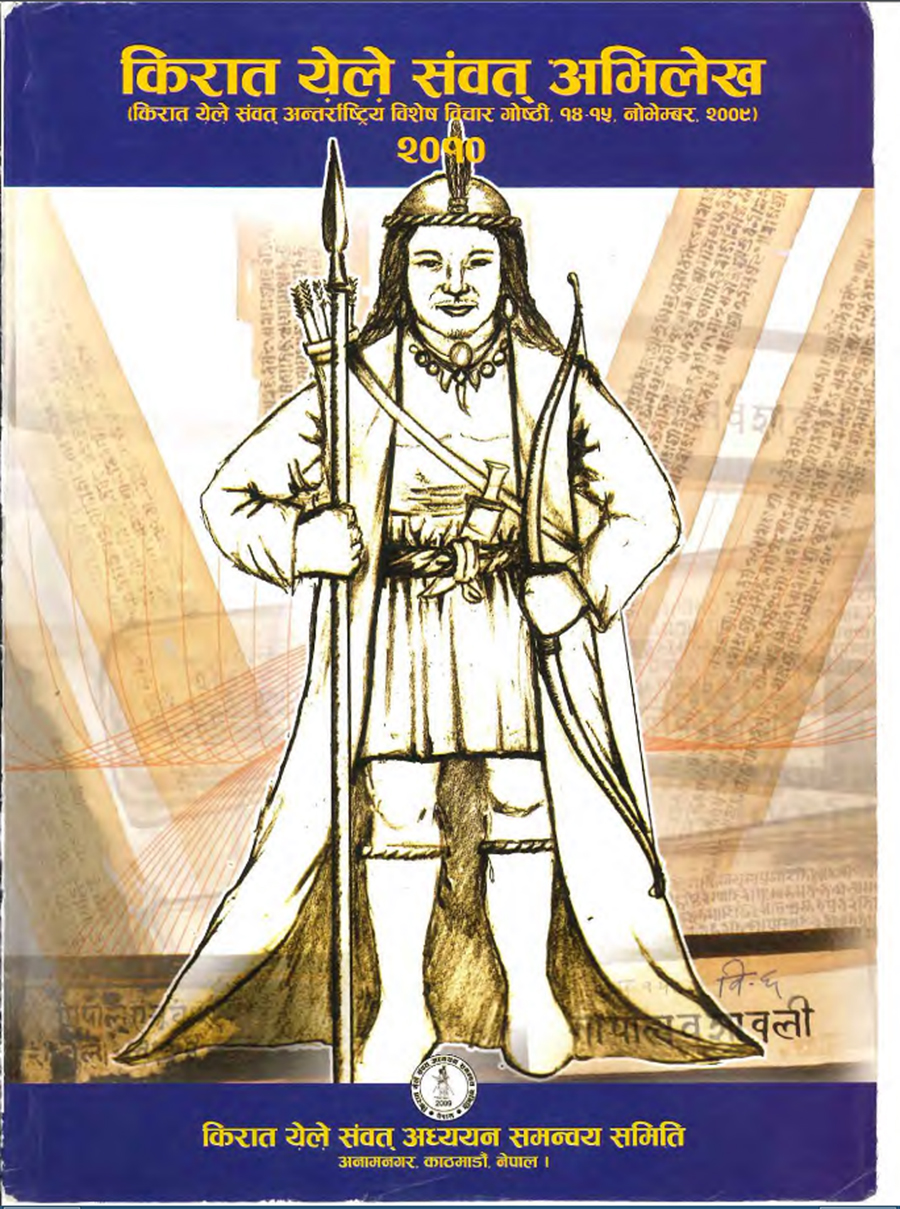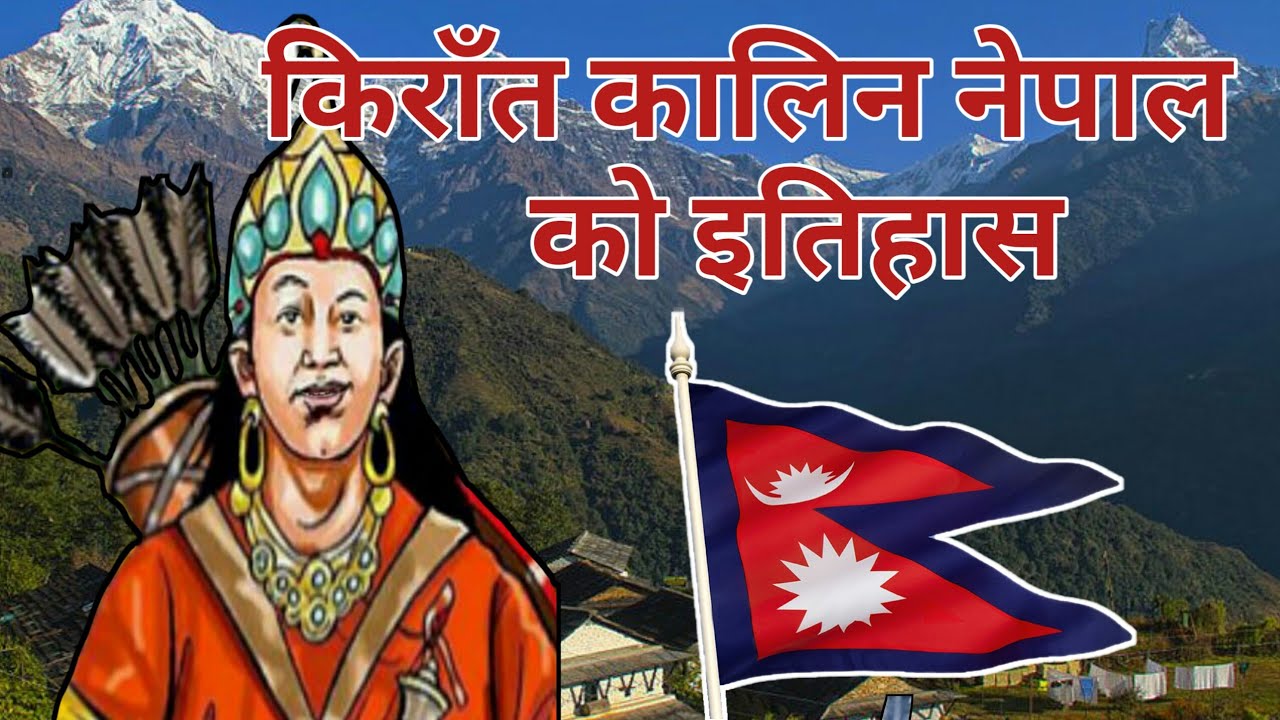Kirant period : History You Need To Know ,Yalamber The King
Kirant period
The Kirants are an indigenous people of Nepal. The Kirants live from the east to the west of Nepal and from the Himalayas to the Terai. This caste is the oldest caste in Nepal and started farming in Nepal and ruled Nepal for 1000 years. Gopal Banshi of Kathmandu was removed and Yalambar became the first Kiranti king. They had a very good trade with Tibet of China. Kirant period

Kirant period
The government has not been able to do such a thing so far. Because the Nepali currency of that time was in Tibet. And the main thing is that the origin of the E Kirat caste is known. It was found on the banks of the Hanggu and Yanxing rivers in China. And to hunt there they came to the northeastern hills of India and there is a history of staying on the Kailash hills for a few years.
And that’s where Anukulhawa came to Kathmandu from the eastern part of Nepal in search of water. And so far they have developed a lot in the field of political education. Among the ancient castes of Nepal, the Kirants are the most important caste. This caste is also considered by the ancient mythological texts as an honest, communal and heroic warrior caste. Kirant period
They are also mentioned in the mythological texts as a people living in the hilly part of the southern part of the Himalayan mountain range. It is believed that the Mahishapal dynasty defeated the last king Bhuvan Singh and assassinated the ruling power of Nepal Khaldo. Mention of this caste in various mythological sources confirms that this caste is an ancient caste.
Based on the meaning of the word Kirat, some scholars refer to the castes living on the border or the Aryans who rule in their own land with respect. In Sanskrit, the word Kirat means a group of human beings roaming in the forest region. In Sanskrit literature, the word is used in various contexts in the sense of caste and country. The term caste has been used in various contexts of Shuklayajurveda, Arthavveda, Valmiki Ramayana and Mahabharata. In the Yajurveda, it is described as “Guhamya Mahatma” meaning a people who live in caves or roam in the forest.Kirant period
Historian Baburam Acharya has considered the Nepar caste as Kirat under the Agneadeshi family living in the northeastern state of India. Bikram Jit Hasrat and some other scholars have mentioned that the origin of the word Kirat is derived from the word Kiriyat of the Movite language spoken in the sea region. The Kirats are believed to have originated in Babylon and left their homeland around Mesopotamia around 2400 BC. Kirant period

Kirant period
Some historians consider Africa to be the place of origin of the Kirats, while the northern plains of Persia and even Egypt are considered by some historians to be the place of origin of the Kirats. The physical constitution and origins of the Mongols living in China, Japan, Cambodia, Africa, Vietnam and Assam, Nagaland, Manipur, etc. of India and the tribes of Rai Limbu living in the eastern part of Nepal.
It can be assumed to be the same. Historian Iman Singh Chemjong also considers the Bhotvermeli-speaking castes to be a branch of Kirat. According to the Kirati text Mundhum, the Kirati king named “Manafewamang” is said to have come to Tibet from the Sichuan province of China. There seems to be controversy not only about the origin and origin of the Kirats but also about their human group relations. According to some scholars, they are of Aryan origin, while according to some scholars, they are of non-Aryan origin. Kirant period

Kirant period
Kirats are considered “Mlechchha” in the scriptures of Amarkosh Lagaet. In the Mahabharata and Manusmriti, Arya is considered regional. Swami Prapannacharya, stating that the Kirat caste belongs to the Arya community, has clearly stated that they are stringent Hindus. However, today the Kirats are generally considered to belong to the Mongol family, and the mother tongue of the current Kirats is Tibetan. Kirant period
Political History Nepal : Such Is The History Of Nepal From Its Naming To 2072
Comment Here!